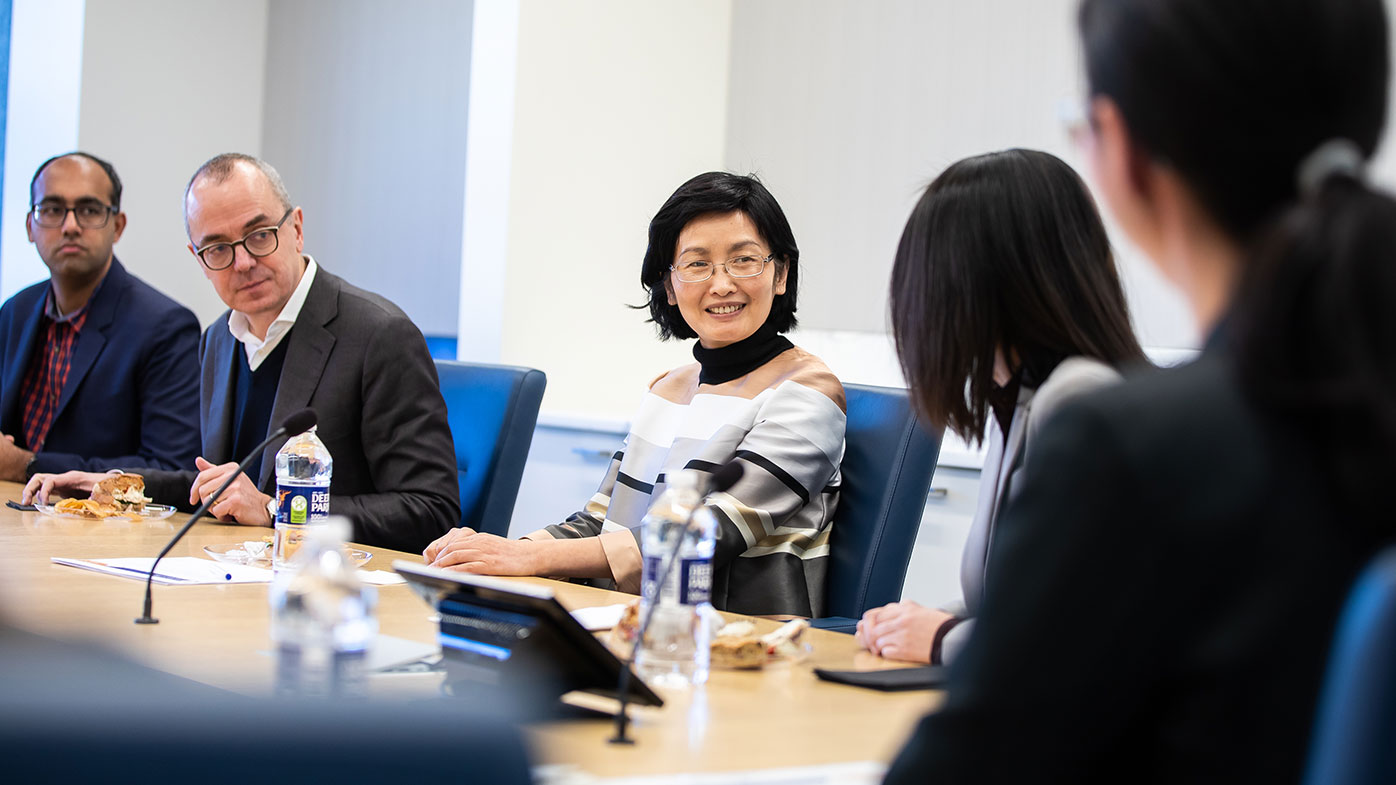Enhancing Cultural Intelligence to Deliver Healthcare Solutions
The purpose of our Pan Asian Network (PAN) is to promote an environment that fully values the contributions of Asian employees and deepens the understanding of Asian patients, customers and other stakeholders. By leveraging insights from fellow Asian colleagues, PAN has successfully helped employees across markets connect with our customers and patients.
In the U.S.—and California in particular— that partnership and coaching is critical. Asians account for 17% of all active physicians in the U.S., and 30%7 of all physicians in California. That is why in 2020, PAN developed the Cultural Agility training program, a half-day workshop in partnership with commercial leaders and external consultants, to help our California sales and medical teams better understand the vast diversity in demographics of patients and healthcare providers.
“By partnering with PAN, we were able to help our California sales representatives increase their own cultural awareness and address their biases,” said Rita Faucett, VP, U.S. Cardiovascular Sales. “As a result, we have better business outcomes, we have better customer interactions, and we’ve improved access to our medicines.”
Let's Meet
When the PAN PBRG created “Let’s Meet,” a virtual pairing program to help colleagues connect within the PBRG, the intention was simply to bring the PBRG membership closer together. When the COVID-19 pandemic swelled globally, PAN and HR knew the platform could help address our employees’ need to expand their network and deepen relationships with colleagues around the world. To date, Let’s Meet has created over 3,000 connections for employees looking to network with colleagues outside of their working circles to learn about different parts of our business and each other.
After a meeting between Bristol Myers Squibb Japan scientist Akihide Tsujimoto and Piyush Gupta, pharmaceutics lead in India, Akihide wrote, “Not only did I have a good exchange of information about the current status of working from home, but I also learned about you and the culture in India, and today’s meeting was very informative and exciting for me. I hope this great program will continue!”
Piyush replied, “I equally thank you for great participation today and providing me the opportunity to introduce myself and get to know you. Truly a great opportunity by Bristol Myers Squibb to connect with global colleagues.”
- Stephen F. Austin State University. “EEO Ethnicity and Race Categories ”https://www.sfasu.edu/docs/human-resources/sfa-new-employee-data-definitions.pdf
- Mohr, T. “Why Women Don’t Apply for Jobs Unless They’re 100% Qualified.” Harvard Business Review (2014)
- Deloitte. “Big demands and high expectations. The Deloitte Millennial Survey” (January 2014) https://www2.deloitte.com/content/dam/Deloitte/global/Documents/About-Deloitte/gx-dttl-2014-millennial-survey-report.pdf
- Feder, M. “One Decade, One Million more STEM Graduates”. (December 18, 2012) https://obamawhitehouse.archives.gov/blog/2012/12/18/one-decade-one-million-more-stem-graduates
- National Science Board. “The State of U.S. Science and Engineering 2020”. (2020) https://ncses.nsf.gov/pubs/nsb20201/executive-summary
- UNCF Patterson Institute special tabulations of data from the U.S. Department of Education, National Center for Education Statistics, Integrated Postsecondary Education Data System (2018 data collection year)
- Association of American Medical Colleges. “Diversity in the Physician Workforce: Facts & Figures 2014”. (2014)
- According to Bristol Myers Squibb 2020 employee survey
- According to Bristol Myers Squibb 2019 employee survey
- According to Bristol Myers Squibb 2020 Global Diversity and Inclusion survey
- Verified Inclusion Partner certification developed in partnership with the NeuroLeadership Institute


